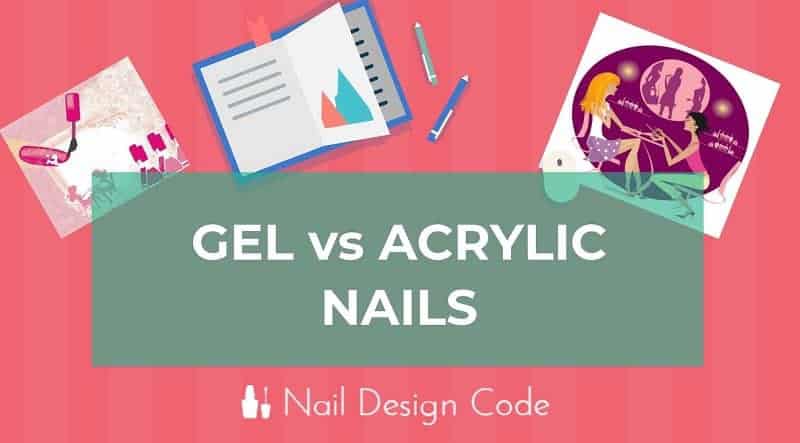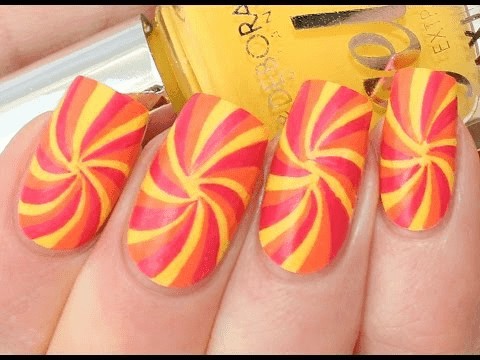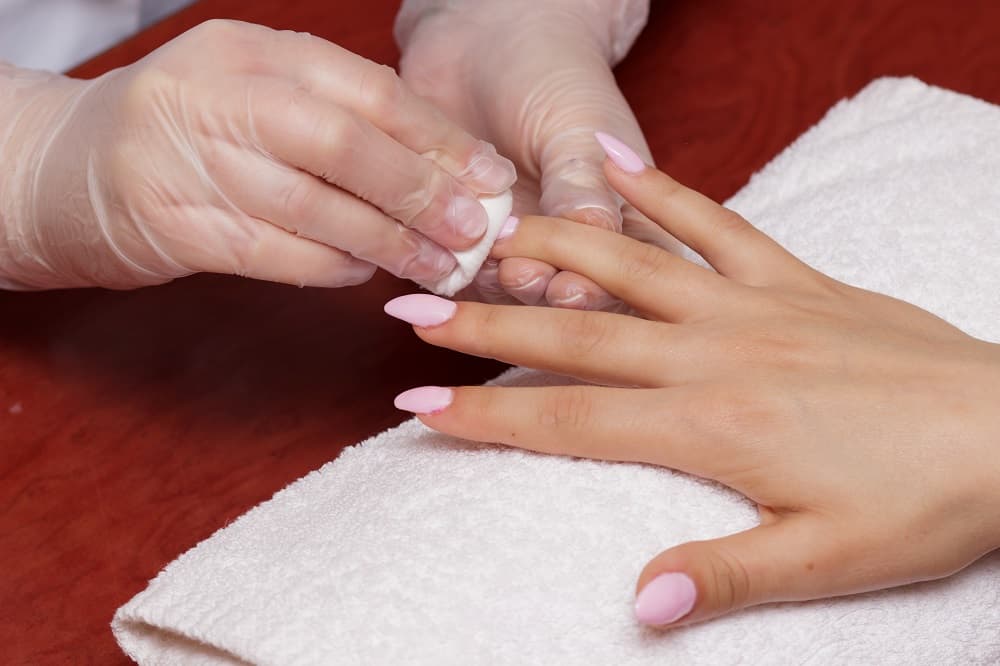Nail Lifting: Here’s Why Your Nail Lifts
Nail lifting can be frustrating, but understanding its causes can help you achieve a flawless manicure. This blog explores the significance of oil in nail care, application techniques, and how to prevent lifting for longer-lasting results.
Why Oil Is Important in Nail Care
Oil plays a dual role in nail care. At the beginning of a nail service, excess oil can be detrimental, leading to lifting and poor adhesion of products. However, at the end of the service, oil becomes essential for nourishing and hydrating the nails and cuticles.
Understanding this balance is crucial. While natural oils protect and maintain nail flexibility, they must be removed before applying products to ensure a strong bond. This means that any application technique must start with clean, oil-free nails.
Why Oil Removal is Crucial
- Prevention of Lifting: Oil can create a barrier that prevents products from adhering properly, leading to lifting.
- Enhanced Product Performance: Clean nails allow for better product performance, ensuring longer-lasting results.
- Healthy Nail Surface: Removing excess oil prepares the nail surface for optimal application and durability.
Does Oil Cause Nail Lifting?
Oil on the nail plate can lead to a plethora of problems, primarily lifting. When you apply polish or gel over an oily surface, the products cannot bond effectively. This results in separation and ultimately leads to peeling.
Even a small amount of oil can disrupt the adhesion process. If the nail is not adequately prepared, the products will struggle to stay intact, leading to frustration and disappointment.
Consequences of Oil on Nail Application:
- Poor Adhesion: Products fail to stick, causing immediate issues.
- Visible Separation: You may notice a gap between the product and the nail.
- Shortened Lifespan: Nails may chip or peel long before their expected time.
Demonstrate Oil Effects on Nails
To visualize the impact of oil on nails, consider a simple experiment: apply oil to one half of a nail and leave the other half clean. When you apply gel polish over both sections, the difference becomes starkly apparent.
The oily side will show signs of separation almost immediately, while the clean side adheres beautifully. This demonstration highlights the necessity of a clean surface before any application.
Follow these steps:
- Prepare two sections of a nail: one clean and one with oil.
- Apply gel polish to both sections.
- Observe the differences in adhesion and separation over time.
Prepare The Nails Properly
Proper nail preparation is non-negotiable for a successful manicure. Start by thoroughly cleaning the nails to remove any excess oil and contaminants.
Here’s how to achieve the best results:
Step-by-Step Nail Preparation
- Remove Old Product: Use acetone to eliminate any remnants of previous applications.
- Cleanse the Nail: Wipe the nail surface with alcohol to remove oils and provide a clean slate.
- Buff the Surface: Lightly buff the nail to create a texture that helps products adhere.
- Final Clean: Wipe again with alcohol to ensure no oils linger.
Understand the Role of Alcohol in Nail Cleaning
Alcohol is a powerful ally in nail preparation. It effectively removes oils and contaminants, ensuring a clean surface for product application.
Utilizing alcohol not only cleans but also helps to reduce the chances of lifting. It evaporates quickly, leaving nails dry and ready for the next step.
Benefits of Using Alcohol
- Effective Oil Removal: Alcohol can eliminate 99.9% of natural oils.
- Quick Evaporation: It dries rapidly, allowing for immediate product application.
- Prepares the Surface: Ensures that the nail is primed for optimal adhesion.
Monitor Lifting Issues Post-Manicure
After application, it’s essential to monitor for signs of chipping nails. If your manicure shows any signs of peeling or chipping within a week, it may indicate underlying issues with oil and preparation.
Common signs of nail lifting include:
- Visible Gaps: Look for spaces between the product and the nail.
- Peeling Edges: Examine the edges for any signs of peeling.
- Frequent Chipping: If chips occur shortly after application, investigate your preparation techniques.
Use Acetone to Remove Oils Effectively
Acetone is a powerful solvent that plays a crucial role in nail preparation. When clients experience lifting or chipping, using acetone can be an effective solution to eliminate excess oils and contaminants.
Here’s how to properly use acetone for optimal results:
- Soak a Cotton Pad: Saturate a cotton pad with acetone.
- Gently Wipe the Nail: Press the cotton pad onto the nail surface and gently wipe to remove oils.
- Focus on Edges: Pay extra attention to the edges of the nail, where oils often accumulate.
- Inspect the Nail: Check for any remaining residue. Repeat if necessary.
By following these steps, you can ensure a clean nail surface, ready for product application. Acetone removes 99.9% of natural oils, making it a go-to choice for nail technicians dealing with lifting issues.
Understanding Natural Oils and Their Benefits
Natural oils are essential for maintaining healthy nails and cuticles. They provide moisture and flexibility, which are vital for nail health. However, it’s important to manage the presence of these oils during the application process to avoid lifting.
Benefits of Natural Oils
- Moisturization: Natural oils help keep the nail and surrounding skin hydrated.
- Flexibility: They contribute to the flexibility of the nail, preventing brittleness.
- Protection: Oils create a barrier that protects against environmental damage.
While these oils are beneficial, it’s crucial to remove them before applying nail products to ensure proper adhesion. Without this step, even the highest quality products may fail to bond effectively.
How to Replenish Oils After Nail Service
After completing a nail service, oils are replenished to restore moisture and protect the nails. This step not only nurtures the nails but also enhances their appearance.
- Select Quality Nail Oil: Choose a nourishing nail oil that suits your client’s needs.
- Apply Generously: Place a few drops of oil onto the nails and cuticles.
- Massage In: Gently massage the oil into the nails and surrounding skin to promote absorption.
- Encourage Regular Use: Advise clients to apply oil regularly to maintain nail health.
This replenishment not only helps counteract any drying effects from acetone but also promotes overall nail health. Encourage clients to incorporate nail oil into their daily routine for the best results.
Common Causes of Nail Lifting
Lifting can be a perplexing issue for both clients and technicians. Understanding the various key factors that cause nail lifting can prevent it in future applications.
- Insufficient Oil Removal: Not removing oils effectively before application can lead to poor adhesion.
- Client’s Natural Oil Production: Some clients naturally produce more oils, which can affect product adhesion.
- Improper Nail Preparation: Inadequate buffing or cleaning can prevent products from adhering properly.
- Environmental Factors: Humidity and temperature can influence how products cure and adhere.
By identifying these factors, nail technicians can tailor their approach to minimize lifting and enhance the manicure’s longevity.
How to Prevent Nail Lifting
Understanding the role of oil in nail care is essential for achieving flawless results. Proper nail preparation, including effective oil removal and replenishment post-service, is crucial for preventing lifting.
- Always Remove Oils: Use acetone to eliminate any oils before applying products.
- Prepare Nails Thoroughly: Follow a systematic approach to nail preparation.
- Replenish Oils Post-Service: Apply nourishing oil after the service to maintain nail health.
- Educate Clients: Inform clients about the importance of nail care and regular oil application.
Implementing these best practices will not only enhance the quality of your services but also improve client satisfaction.
FAQs
Here are some frequently asked questions regarding nail lifting and how to address them:
What causes my nails to lift shortly after a service?
Lifting can occur due to residual oils, improper nail preparation, or the natural oils produced by your nails. Ensure proper cleaning and preparation before application.
How can I prevent lifting in the future?
Follow a thorough nail preparation routine, use acetone to remove oils, and apply nail oil regularly to maintain hydration.
Is it normal for my nails to feel dry after a service?
Yes, acetone can dry out nails and cuticles. Always replenish oils post-service to restore moisture.
How often should I apply nail oil?
For optimal nail health, apply nail oil at least once a week, or more often if your nails feel dry.





